The Maryland Zoo is excited to welcome Hudson, a one-year-old North American river otter (Lontra canadensis), to the Otter Stream habitat in the Maryland Wilderness section of the Zoo. Hudson came to the Zoo from the Oregon Zoo in Portland, Oregon.
“Hudson was somehow orphaned as an infant,” noted Mike McClure, general curator at The Maryland Zoo. “He was found in June of 2015 walking alone along Highway 58 SE in Eugene, Oregon, which runs along the Middle Fork Willamette River.” He was taken to the Chintimini Wildlife Center for treatment and care until he was moved to the Oregon Zoo in Portland. “The staff at the Oregon Zoo estimated him to be 2½ to 3-months-old at that time,” continued McClure. “He was hand-reared for a few months before he was introduced to the other otters at the zoo, and he came to us in March of this year.” After a mandatory 30-day quarantine period, staff began to slowly introduce Hudson to Piper, the young female otter who arrived earlier this year.
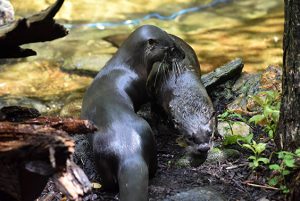
North American river otters can thrive in many types of water habitats including ponds, marshes, lakes and rivers as long as there is adequate food to catch. Otters typically eat crawfish, crabs, frogs, bird eggs, and fish. River otters create dens along the waters’ edge in empty burrows and logs or abandoned beaver lodges. In Maryland, river otters live in tidewater areas across the state.
Otters are graceful swimmers with short legs, muscular and streamlined bodies, small heads, powerful tails and are very agile and acrobatic. “Piper enjoys chasing Hudson and they are really interesting to watch together,” continued McClure. “They are both exploring every aspect of the stream habitat and seem to especially like popping out of the hollow tree trunk near the first viewing window to surprise guests.”
According to staff, Hudson has a broader face and more brown on his chin. Piper has a thinner, sleeker face with some grey coloration around the chin. “Piper also tends to be more active and a bit hyper, while Hudson is more relaxed in temperament,” said McClure. “But, all otters get excited if the mood hits them.”
Hudson and Piper will be seen in the river stream habitat together while Mary, the Zoo’s older female river otter, will altermate with them. “Mary prefers to be on her own in the habitat, away from the antics of the younger otters,” said McClure. “So for now the young otters will be on exhibit in the mornings and Mary will take their place in the afternoons.”

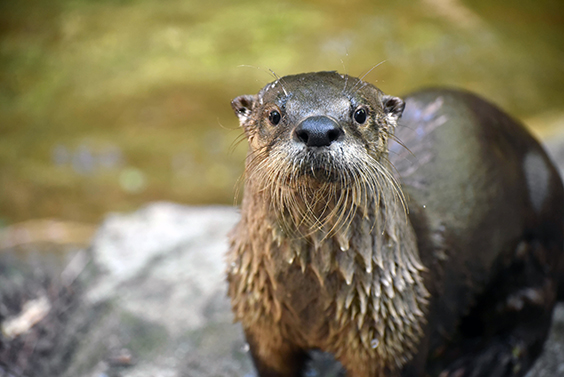
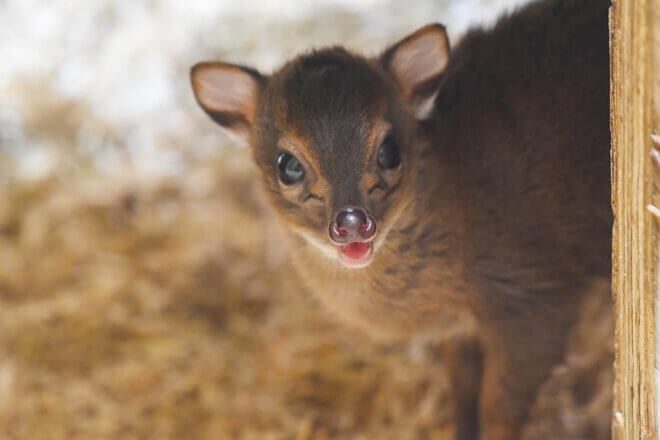
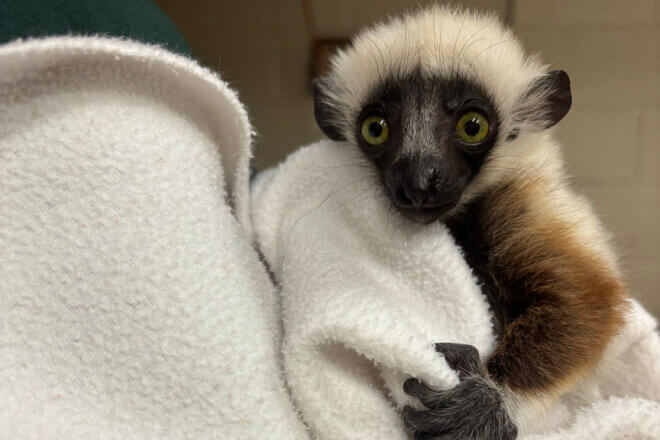
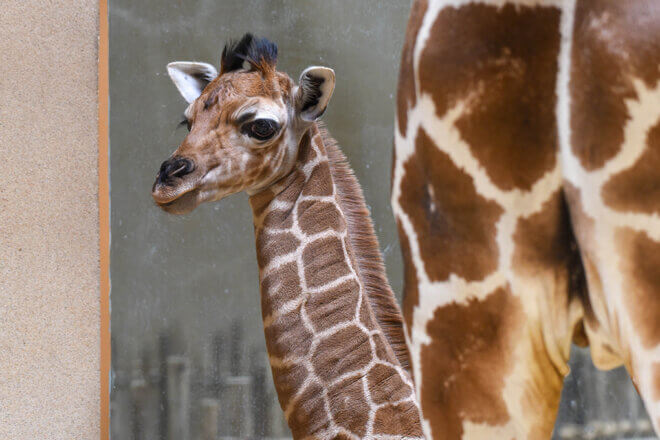
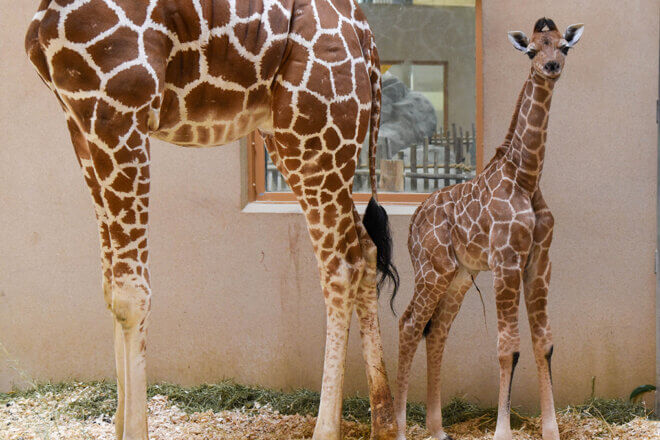
Share this article